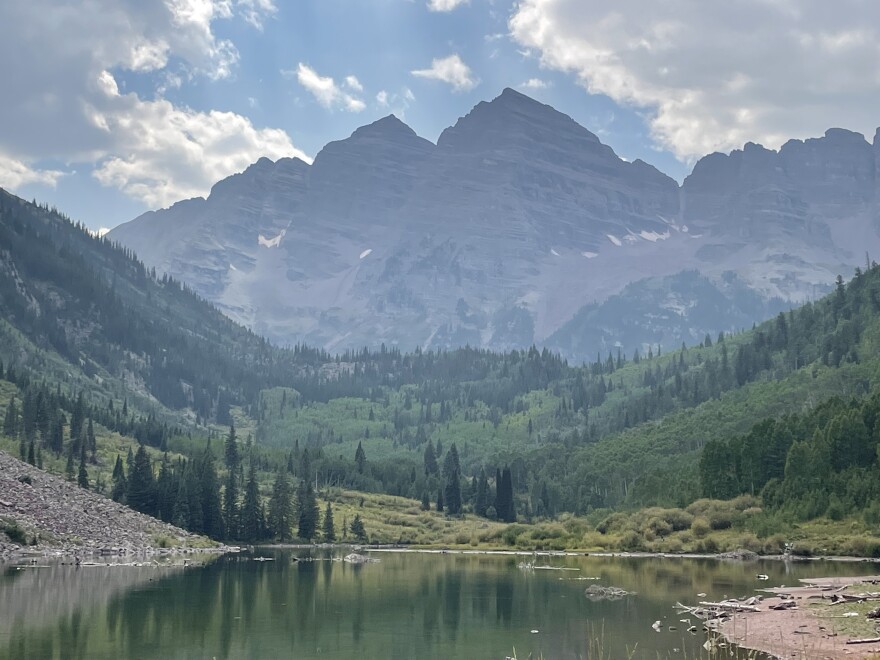Monitoring over the past decade has shown that the air quality in the Aspen area and Garfield County has been good overall, but that’s changing as the human-caused climate crisis intensifies the size and frequency of wildfires across the West.
Jannette Whitcomb, senior environmental health specialist for Aspen, focuses on monitoring air quality in the city, but she also helps keep track of the state’s air-quality advisories, as well as purple air sensors that are put out by residents and the government throughout Pitkin County.
“I’ve kind of picked up the baton on air quality for the upper part of the Roaring Fork Valley,” she said. “We don't have city limits that stop air quality, so we can make community-based decisions for the upper valley based on this data.”
According to Whitcomb, air quality in the Aspen area has been great over the past decade. She attributes a lot of that to the city’s efforts to reduce air pollution from things such as cars and wood-burning fireplaces. But Whitcomb said wildfire smoke has become more noticeable in the past four years and she is concerned about the future.
“This summer, we had seven days in a row of air quality health advisories — that's a first time for Aspen,” she said. “Climate change is impacting us and it's connecting us all through wildfire smoke and air quality.”
Much of the smoke and haze this summer came from out-of-state fires, some as far away as California. In the Aspen area, Whitcomb said wildfire smoke, more than any pollution source now, has the biggest impact on local air quality.
In Garfield County, wildfire smoke is on par with vehicle emissions and has surpassed oil and gas drilling as one of the biggest air pollutants, according to Ted White, an environmental specialist with the county. Like Whitcomb, he first noticed smoke becoming an issue three or four years ago, around the time of the Lake Christine fire in 2018.
“I live in the El Jebel area, so that’s when I first really noticed it,” White said. “And then obviously, last year, with the Pine Gulch fire and the Grizzly Creek fire, the smoke really came into our area.”
Like many in the Roaring Fork Valley, White is an avid road biker and likes to spend time outside, but he said knowing the health risks of breathing in wildfire smoke has impacted his daily life.
“If it's not looking good outside, I'm not gonna go for my bike ride that day,” he said. “Before I got into this job, I frankly didn't think twice about it, but now I'm kind of immersed in it.”
White said he is excited to work with Garfield County in partnering with the Environmental Protection Agency on a research project about wildfire smoke preparedness and community education.
“It really means a lot to me and I want to educate the public,” he said. “There are some dangers to this, and it makes sense to alter some of your daily activities to keep yourself healthy.”
As part of the project, White and his team are working on a wildfire smoke preparedness plan for the county that they hope to finish by the end of the year.
“You want to have it before the wildfire smoke comes, but that seems to happen before you're ready,” he said.
Keeping the community informed about the health impacts of wildfire smoke is also a high priority for the city of Aspen. Whitcomb said the city will continue to find ways to cut carbon emissions and prepare for a smoky future.
You can find more information about local air-quality levels, health guidance and smoke maps on the city of Aspen website, the Garfield County website and AirNow.




